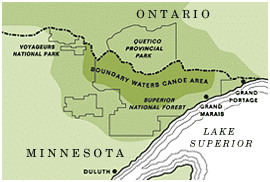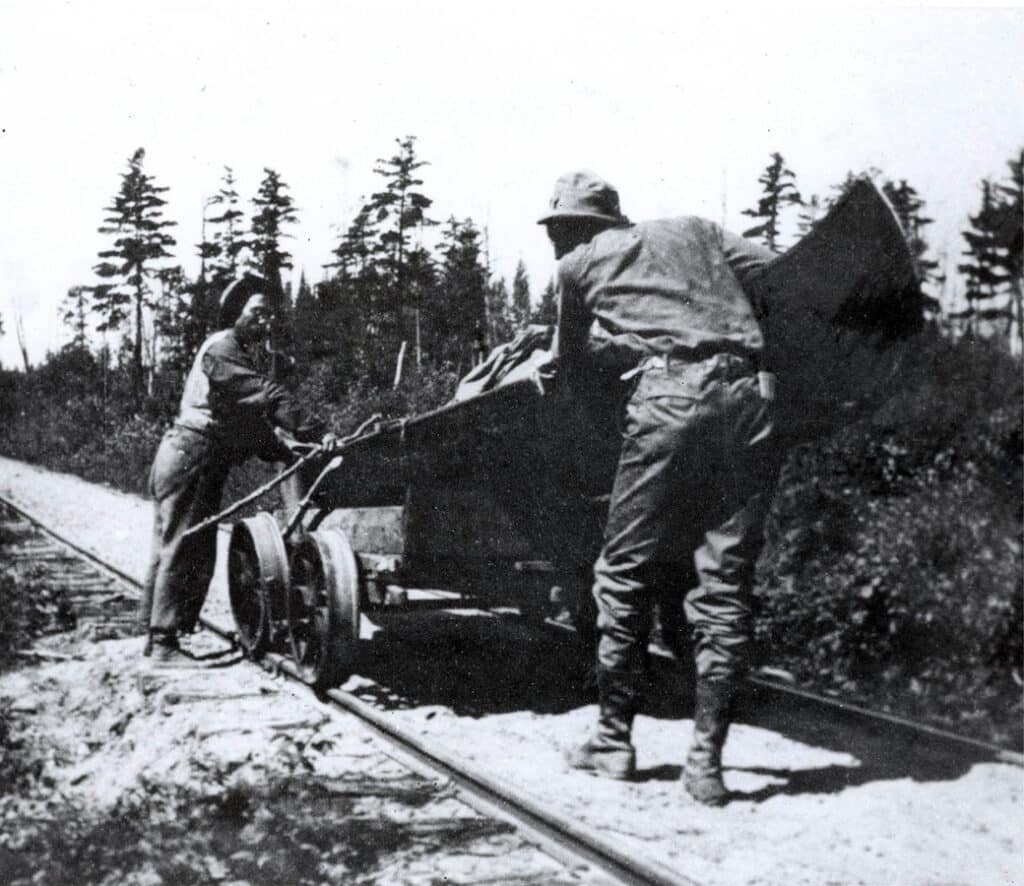
The Boundary Waters Canoe Area Wilderness (BWCAW) has approximately 1,500 portage trails across the landscape. Some of these trails use mechanized transport, including rails and trolleys, to help users move heavy gear and fishing boats between lakes. These mechanical workhorses have a long history, dating back to the days of logging and early resort development.
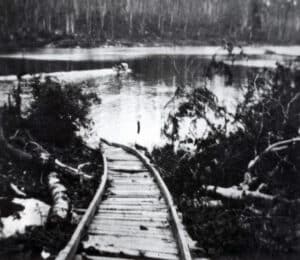
As timber resources in Michigan and Wisconsin dwindled, logging interests focused on the northern forests. The border lakes, however, posed challenges due to their remoteness and difficult accessibility. In the late 1800s, the first mechanical portage trails were built in what is now known as the BWCAW. Initially used for the logging industry, locomotives hauled large quantities of timber across some of these portages. Later on, as timber along major rivers was depleted, railroads became the primary method of transporting wood to the mills.
When resorts popped up in the area, some took advantage of building or modifying mechanized portages. This provided access for commercial and recreational anglers and supported the winter activity of cutting blocks of ice for summer use. With the steam engines long gone, operators installed gasoline engines with a winch and cable system to pull trolleys of gear across on the rails.
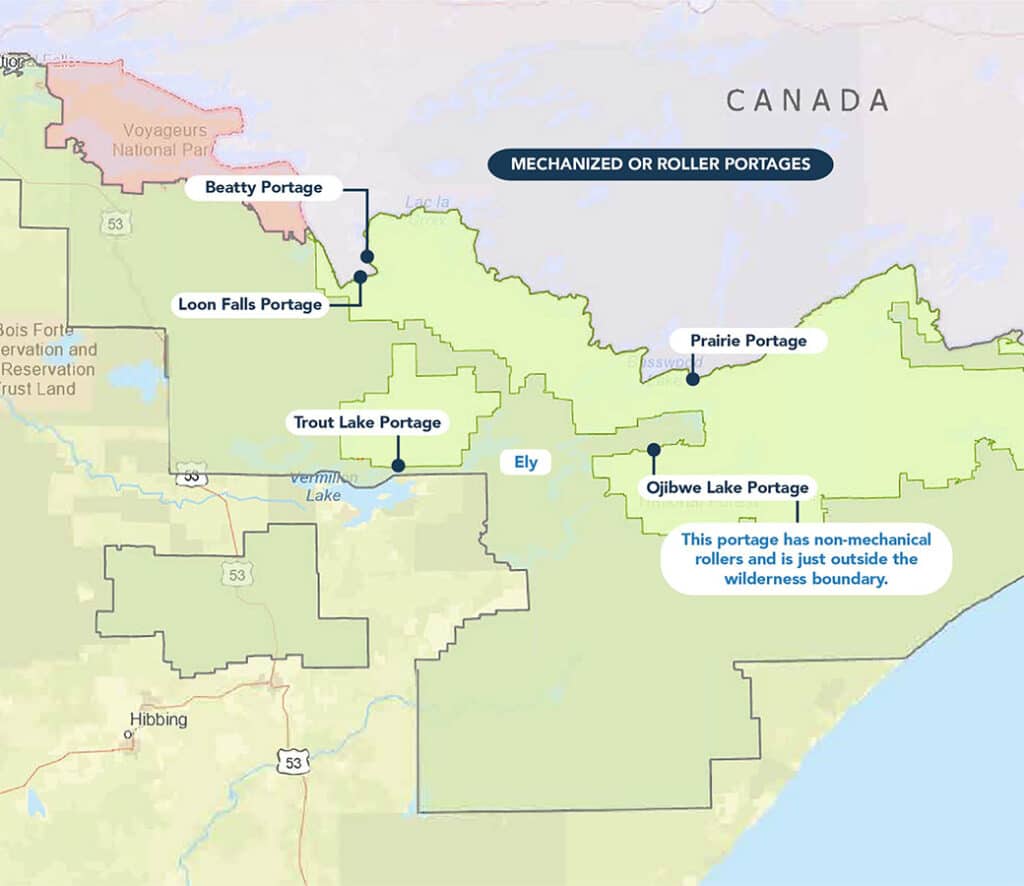
Access to mechanized portages
Visitors to the wilderness still use what’s left of these remaining rail systems. As paddlers approach a mechanized portage, they’re greeted with a more developed landing. In a couple of instances, a federal employee or commercial outfitter assists with loading the gear and transporting it across the portage, either by truck or ATV. In other cases, users load a trolley with boats and gear, and a gasoline engine system pulls it across the rails. All but one require a usage fee.
Beatty Portage
James Beatty, an early settler to the area, established the portage in 1913 between Lac La Croix and Little Loon Lake. Commercial fishermen primarily used this rail portage on the Canadian shore until 1928 when the International Boundary Committee adjusted the boundary to follow the waterway from Lac La Croix to Loon Lake. This change resulted in a small land transfer from Canada to the U.S. In turn, visitors can use the trolley to haul boats and gear across to the opposite lake. The portage connects Loon Lake and Lac La Croix Lake.
Loon Falls Portage
In the early 1900s, commercial fishermen constructed a railroad portage along the Loon River on the U.S.-Canada border. This mechanical portage remains one of the few rail-to-lake routes still in operation in the wilderness. Anglers and canoeists can place their gear and boats on a trolley, which is winched across by cable. The portage connects Loon River and Loon Lake.
Prairie Portage
Located on the U.S.-Canadian border, a USFS Ranger Station is situated along the portage. A large dock on either side of the portage greets visitors. Federal staff transport boats and gear over the portage using a truck and trailer, driving them a short distance down a gravel road. The station also serves as a hub for those entering or leaving the wilderness and crossing the border. The portage connects Sucker Lake and Basswood Lake.
Ojibwe Portage
The Ojibwe Portage, which is adjacent to the wilderness, was established by early resort owners. It’s a short 50-yard portage that utilizes a roller system. Visitors can use the system to push-roll canoes and small fishing boats between Ojibwe and Triangle Lakes. Because it’s located just outside the BWCAW boundary, there is no fee for using this system.
Trout Lake Portage
Though Lake Vermilion lies outside the BWCAW, it offers access to Trout Lake in the wilderness via a mechanized portage. Used for generations by both Anishinaabe people and fur traders, this portage now serves visitors heading into the wilderness. For a fee, visitors can load their boat and gear onto a trailer pulled by an ATV, which transports them across the portage. The portage connects Lake Vermilion and Trout Lake.
On designated lakes within the BWCAW, motorized watercraft are allowed with horsepower restrictions. To maintain the wilderness ethic, however, no other motorized or mechanical equipment is permitted except for portage wheels on specific routes. According to the USFS-Superior National Forest, those routes include the Four-Mile Portage (Fall-Hoist Bay), Fall-Newton-Pipestone, and Back Bay Portages into Basswood Lake, Prairie Portage, and Trout Lake Portage.
While there were other small-gauge rail systems in operation before the wilderness was protected, these are the last vestiges of a bygone area. While traveling through the region, observant paddlers may be able to spot artifacts and remnants from the logging and resort activities.

More info:
- Inventions of the north: Mechanical portages have stayed relevant – Boreal Media
- BWCAW Rules and Regulations – USFS-Superior National Forest
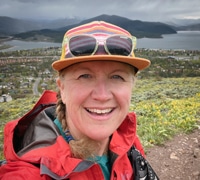
Wilderness guide and outdoorswoman Pam Wright has been exploring wild places since her youth. Remaining curious, she has navigated remote lakes in Canada by canoe, backpacked some of the highest mountains in the Sierra Nevada, and completed a thru-hike of the Superior Hiking Trail. Her professional roles include working as a wilderness guide in northern Minnesota and providing online education for outdoor enthusiasts.

